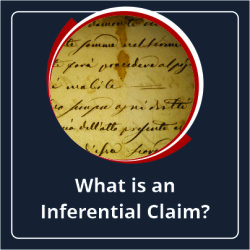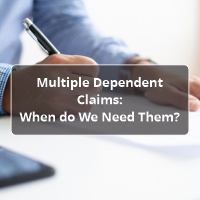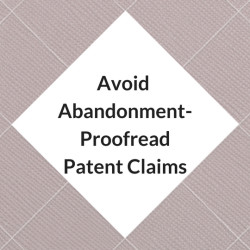Office Action – How To Respond To An Office Action?
An office action is a notification that a patent examiner sends to the applicant of a pending patent application. The notice usually includes one or more rejections of claims made in the application. This blog will walk you through the different types of office action and how you can respond to them. What is an[…]





